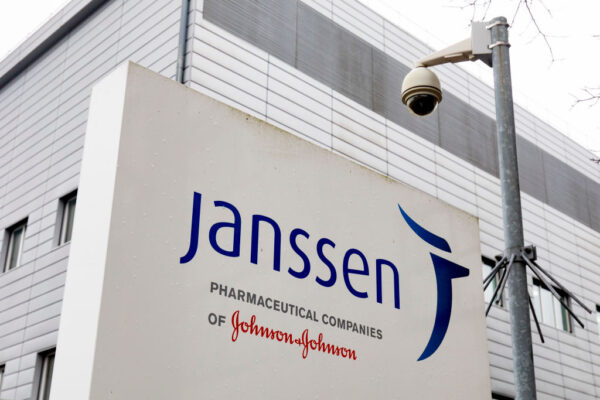
Johnson & Johnson drug nipocalimab is in late-stage clinical testing in a rare neuromuscular disorder, and if it stays on track could become the third-to-market drug in its class for that indication. But the pharmaceutical giant now has encouraging preliminary data from a separate test in a rare blood disorder affecting fetuses, helping to build the therapy’s case in a life-threatening disease with no approved therapies.
The data announced Monday are from a Phase 2 clinical trial in severe hemolytic disease of the fetus and newborn (HDFN). Stemming from the incompatibility of the infant’s blood type and the mother’s blood type, this disease leads to the mother’s blood crossing the placenta and attacking fetal red blood cells. The resulting anemia can become fatal to the fetus.

With the Rise of AI, What IP Disputes in Healthcare Are Likely to Emerge?
Munck Wilson Mandala Partner Greg Howison shared his perspective on some of the legal ramifications around AI, IP, connected devices and the data they generate, in response to emailed questions.
Nipocalimab is intended to reduce levels of antibodies implicated in several antibody-driven diseases. The drug is itself an antibody designed to selectively bind to the Fc receptor (FcRN) of immunoglobulin G (IgG), the most common antibody circulating in the blood. J&J’s Janssen Pharmaceutical Companies division said Monday that Phase 2 results showed most of the pregnant patients who received the experimental drug and achieved a live birth did not need an intrauterine transfusion throughout the entire pregnancy, which was the main goal of the study. The number of patients achieving this goal was not specified.
Katie Abouzahr, vice president, autoantibody portfolio development leader at Janssen Research & Development, said in a prepared statement that the full Phase 2 results will be presented at an upcoming scientific medical meeting. She added that the company plans to advance the drug to a pivotal Phase 3 study in this indication.
Nipocalimab joined the J&J pipeline in 2020 via the pharma giant’s $6.5 billion acquisition of Momenta Pharmaceuticals, a biotech that developed drugs by analyzing the interaction of antibodies and receptors that modulate immune responses. Nipocalimab was Momenta’s lead asset, having reached pivotal testing in warm autoimmune hemolytic anemia (WAIHA), a rare disorder in which antibodies destroy healthy red blood cells.
Momenta had envisioned nipocalimab as applicable to multiple autoimmune conditions. J&J embraced that potential and is currently testing the drug in nine clinical trials—six in immunology and three in neuroscience. Those studies span diseases characterized by alloantibodies, which are produced following exposure to a foreign antigen, such as the maternal antibodies that lead to HDFN; diseases characterized by autoantibodies produced in response to the body’s own tissues; and rheumatological disorders such as rheumatoid arthritis and lupus.
Under J&J, nipocalimab has reached pivotal testing in myasthenia gravis, in which autoantibodies interfere with the communication between nerves and muscles. In 2021, FDA-approval of Argenx’s Vyvgart in myasthenia gravis made it the first FcRn-targeting drug to pass the agency’s regulatory bar. The biotech is also developing the drug for other rare antibody-driven disorders. UCB is on Vyvgart’s heels with rozanolixizumab, an FcRn-blocking drug that was submitted for FDA review last month.
The pivotal study of nipocalimab in myasthenia gravis is expected to produce data in 2024, J&J Chairman and CEO Joaquin Duato said during the company’s presentation last month at the J.P. Morgan Healthcare Conference. The most advanced immunology clinical test of the FcRn-targeting drug is the pivotal test in WAIHA. That clinical trial may have a data readout this year, Duato said. A Phase 2 test in rheumatoid arthritis is also expected to yield data this year, he added.
Photo: Niels Wenstedt/BSR Agency, via Getty Images














